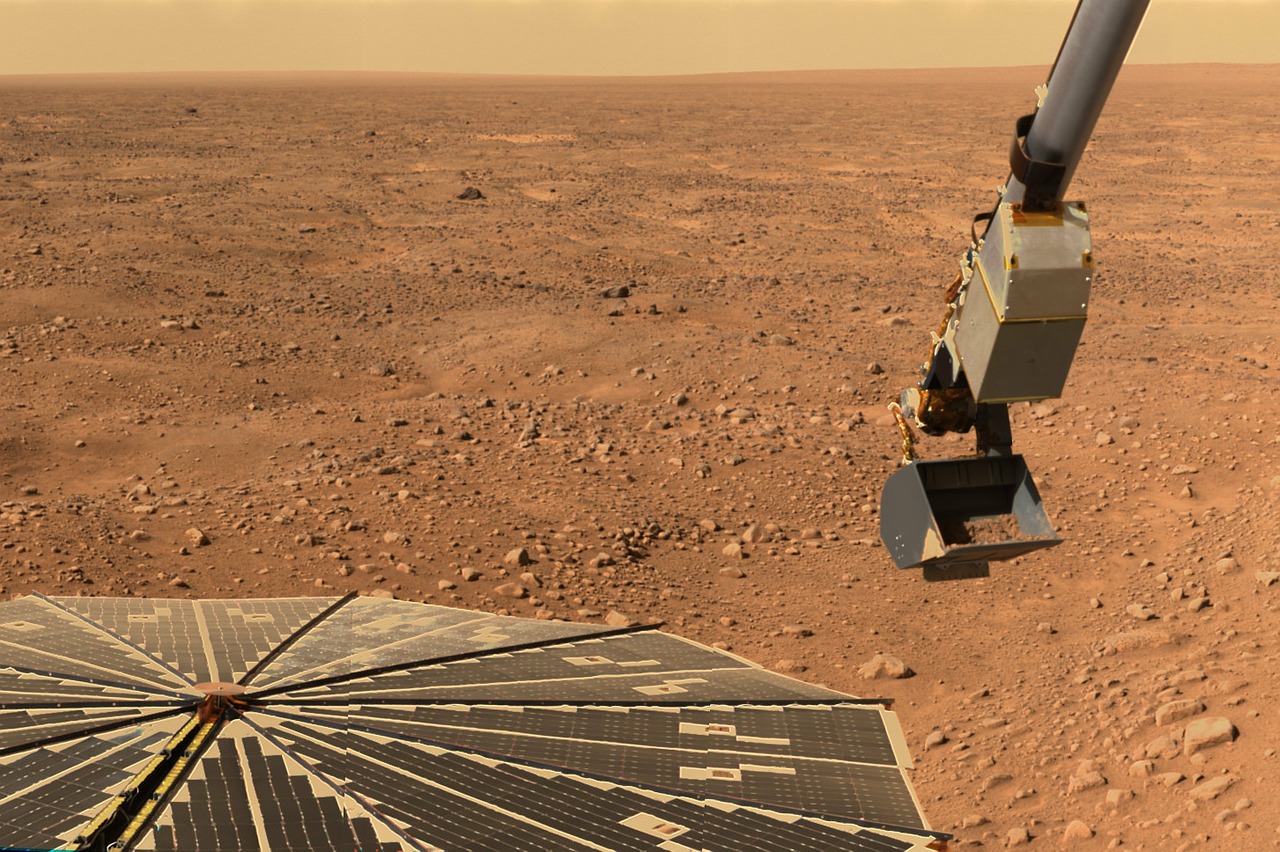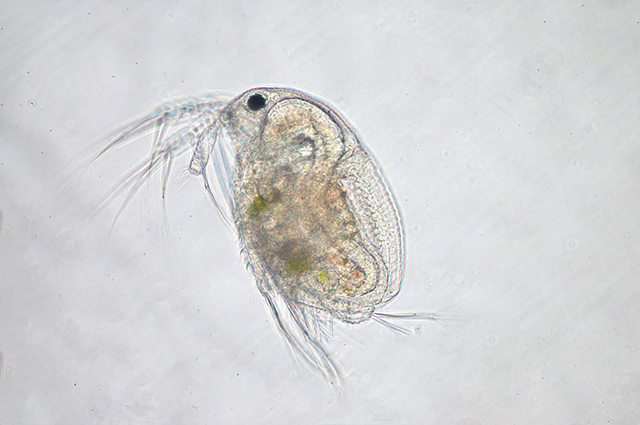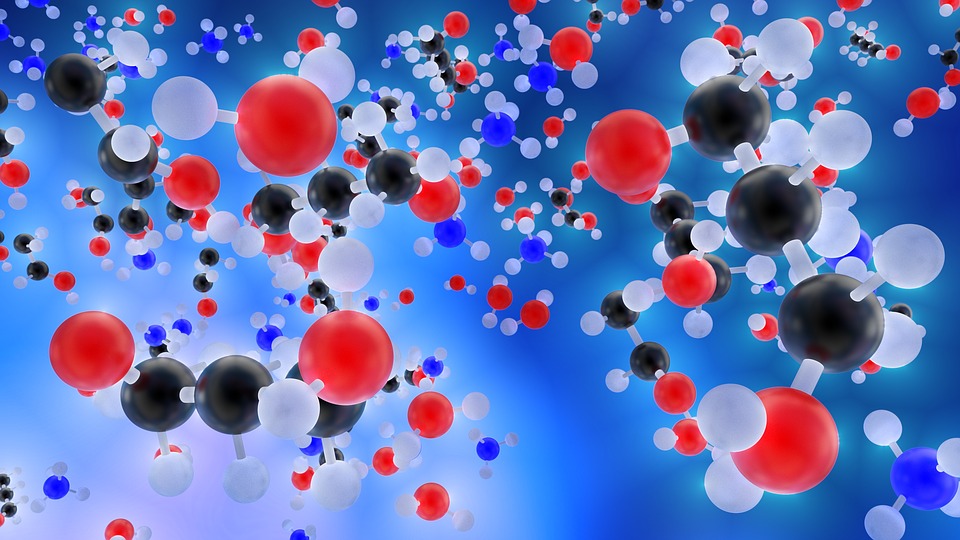Finding Earth-like planets that could one day serve as the home of humanity can be hard enough as it is. Now a small team of astronomers from the National Aeronautics Space Agency (NASA) has shown that, with the use of specialized equipment and new methods, it can be made a little bit easier.
According to a report on the findings, Babak Saif and Lee Feinberg of NASA’s Goddard Space Flight Center in Greenbelt, Maryland, have managed to devise a method to dynamically detect subatomic- or pico-sized changes that can be used to aid in the search for planets with favorable life support systems for humans. Their method was initially applied across a five-foot segmented telescope mirror and its support structure, but had already been tested on a larger scale as well.
NASA said that the reported measurement feat is good news to scientists and other experts who are currently studying future missions for finding and classifying certain Earth-like planets that could potentially support life as we know it. The conventional method of searching involves using observatories to gather and focus enough light in order to distinguish the light that’s coming from a planet from the light that may be coming from a much brighter parent star. It is in this kind of differentiation that the method developed by the astronomers could be beneficial.
Essentially, the method is designed to prevent any distortions in the optical components used in designated telescopes in order to effectively discern the different atmospheric chemical signatures that are possibly going to be detected in Earth-like planets, such as oxygen or methane. NASA notes that success in this particular task demands the use of a “super-stable observatory whose optical components move or distort no more than 12 picometers,” which is said to be a measurement that is basically one-tenth the size of a hydrogen atom.
The stability, which is often built right into the equipment being used by NASA as standard, becomes compromised due to a number of different things, like wildly fluctuating temperatures, or simply being exposed to launch forces that are usually greater than six-and-a-half times the force of gravity. And in the ongoing search for life on other planets, most of which are located outside of the solar system, NASA needs to use the most stable equipment that it can get.
According to Azita Valinia, the deputy Astrophysics Projects Division program manager, the prevention of any displacements or distortion in telescopes is of utmost importance. “These future missions will require an incredibly stable observatory,” she explained. “This is one of the highest technology tall poles that future observatories of this caliber must overcome. The team’s success has shown that we are steadily whittling away at that particular obstacle.”
And indeed it has been quite a difficult obstacle to overcome. Saif and Feinberg sought help from the Arizona-based 4D Technology in order to use a High-Speed Interferometer (HSI) to carry out their test. Although the HSI was designed specifically to measure small dynamic changes in the optical components of telescopes while they are in use, Saif and Feinberg intended to take things much further. In the end, they were able to confirm that the HSI could go beyond by measuring dynamic movement as small as 25 picometers, according to NASA. That was twice their desired target.
With the success of their test, Saif and Feinberg have brought NASA closer to technology that will be more capable of locating Earth-like planets that are well beyond the solar system, and later analyzing their atmospheres for any signs of life. They are planning to conduct even more testing to see how far they can go with their new methods.
For more stories regarding the universe and the great beyond, visit Space.news.
Sources include:
NASA.gov
ScienceDaily.com





















